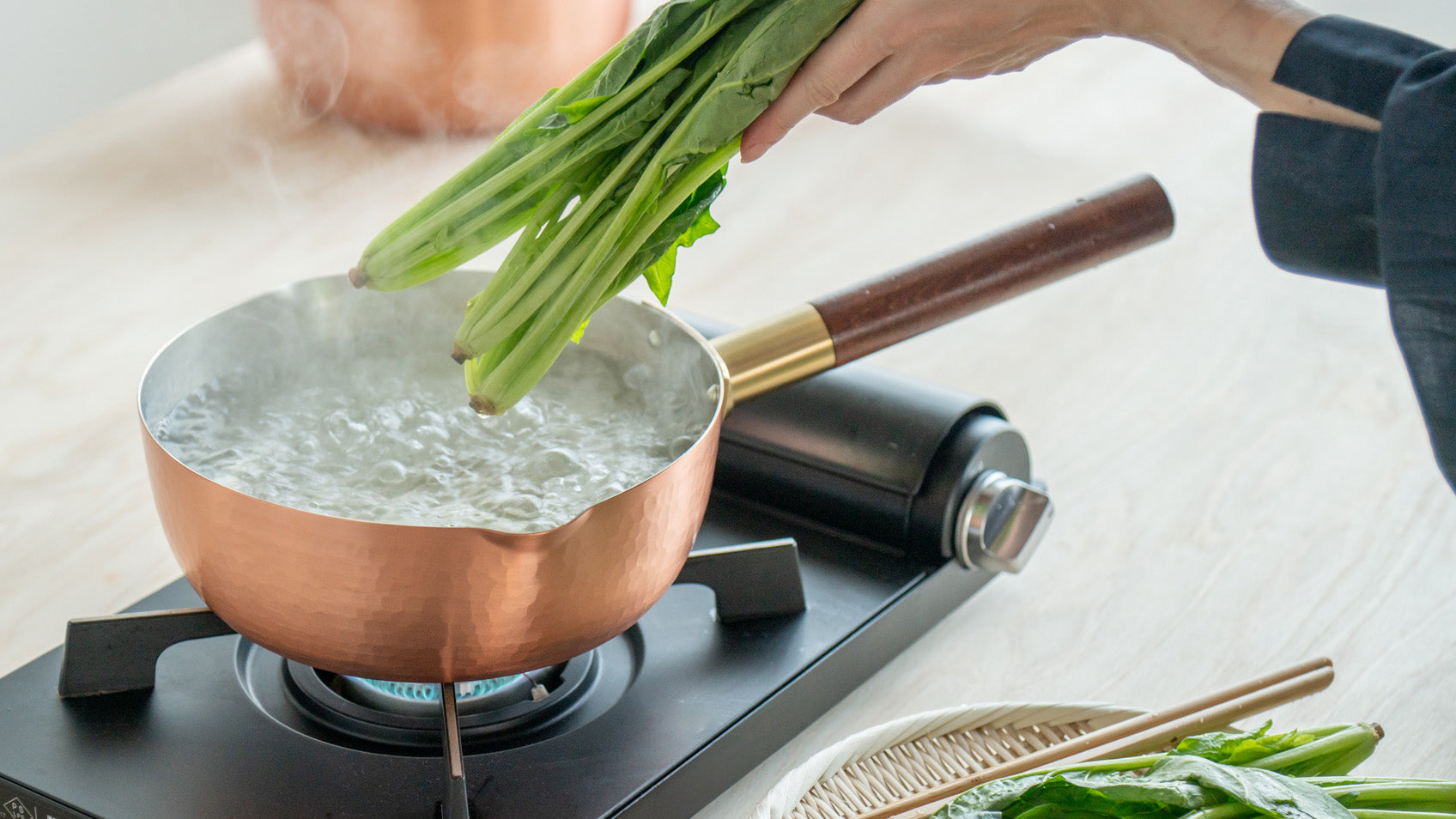
How to Care for Japanese Copper Cookware
De Team MUSUBI
Copper cookware charms with its warm luster and hand-forged details. It catches the light and carries weight in the hand. But its appeal runs deeper than appearance. Copper responds to heat with remarkable speed and precision, making it easier to simmer gently and sear evenly, whether you're preparing a simple soup or a favorite family dish.
It’s no wonder these tools are prized by professional chefs. Still, they belong just as much in home kitchens. And while copper asks for a little extra attention, caring for it is easier than many expect, and surprisingly rewarding. This guide will show you how to keep your copper cookware from Japan in great shape, so it can serve you beautifully for years to come.
Table of contents

Understanding Japanese Copper Cookware
What sets copperware apart isn’t just the glow of the metal—it’s how well it performs. If you’ve brought home a tamagoyaki pan or yukihira pot, you already know what we mean. Copper heats quickly and distributes heat evenly across the surface, allowing you to control temperature with ease. That’s why it’s ideal for delicate cooking, like making rolled Japanese omelets or gently simmering nimono.
Most Japanese copper cookware, including all items from MUSUBI KILN, is lined with tin. The silvery interior protects your food from reacting with copper and ensures an even, gentle heat. Tin is also naturally antimicrobial.
Over time, the copper exterior will take on a deeper tone. You may notice a soft halo of patina forming on the surface of your tamagoyaki pan where the heat meets the metal. Far from being a flaw, this transformation is a sign that your tool is being used well and often.

When you first receive your new pan or pot, it’s natural to want to admire it up close. Just keep in mind that handling it with bare hands can leave fingerprints, which may gradually cause a color change. This natural discoloration doesn’t affect performance in any way—it simply reflects the stable oxidation of the surface over time.
Before First Use: Getting Started
Copper Tamagoyaki Pan
Before you cook your first rolled omelet, season the interior with oil. This process, called aburanarashi, helps prevent sticking and prepares the tin lining.
Aburanarashi
Gently wash the pan with mild dish soap and a soft sponge.

Fill the pan about halfway with cooking oil and heat it slowly over low to medium heat for four to five minutes.

Let it cool, then discard the oil and wipe the inside clean with a paper towel.
Copper Cooking Pots (Yukihira Pan, Donburi Pan, Shabu Shabu Pan)
These items don’t need oil seasoning. Simply wash them with a mild soap and a sponge, rinse, and dry thoroughly. They’re ready to go right away, making them easy to welcome into your daily routine.
Using Copper Cookware Safely and Effectively
To get the best results from your cookware, keep in mind the following tips:
- Use low to medium heat. You’ll be surprised how quickly copper heats up.

- Keep the flame directly under the base and don’t let it rise along the sides.
- Once your food is ready, transfer it to another dish. Leaving it in the pot, especially if it’s salty or acidic, may damage the tin lining.

- While all pots and pans from MUSUBI KILN are lined with tin, never use unlined copper for cooking acidic ingredients such as vinegar or citrus fruits.
Cleaning After Use
Caring for your cookware after each use keeps it performing at its best. Let the piece cool completely before cleaning, as sudden temperature changes can cause warping.
Copper Tamagoyaki Pan
Once cooled, wipe away any residue left inside and outside of the pan using a paper towel.

Copper Cooking Pots
Rinse both the inside and outside with warm water and mild soap using a soft sponge, then dry thoroughly to prevent water spots or unwanted tarnish.

If verdigris (the bluish-green tarnish that can appear on copper) develops on the copper surface, gently scrub with the coarse side of a sponge or apply a cream-type cleanser with a soft cloth. Verdigris itself is harmless, but it may affect the taste of your food. Since copper naturally changes color over time, lightly polishing the surface with a firm sponge and a gentle cleanser will help restore its clean appearance.

Maintenance before Long-Term Storage
Proper storage helps extend the life of copperware, especially during long breaks between uses.
After washing, make sure all moisture is fully removed. Wrap the cookware in newspaper, place it inside a plastic bag, and store in a cool, dry area with good ventilation.

For added protection, place a clean sheet of kitchen paper inside the pot or pan before storing. If the cookware has not been used for some time, simply re-season the interior with oil before the next use.
For tamagoyaki pans, when not in use for an extended period, gently wash both the interior and exterior with mild detergent and a soft sponge. Dry thoroughly, apply a light coat of oil to the tin lining, and wrap the pan in kitchen paper before storing.
Things to Avoid
A few simple don’ts will keep your cookware in excellent condition:
- Never heat an empty pan—the tin lining may melt at high temperatures.
- Avoid frying food in copperware pots or pans.
- Avoid using steel wool, abrasive scrubs, or metal utensils inside the pot.
- Avoid washing in a dishwasher entirely.
- Don’t leave food inside after cooking.

Once you settle into the habit of caring for your copperware, it becomes second nature—and the reward is well worth it. These tools aren’t just for special occasions; they’re made to be part of your everyday meals. With every use, they become more seasoned, more responsive, and more uniquely yours.


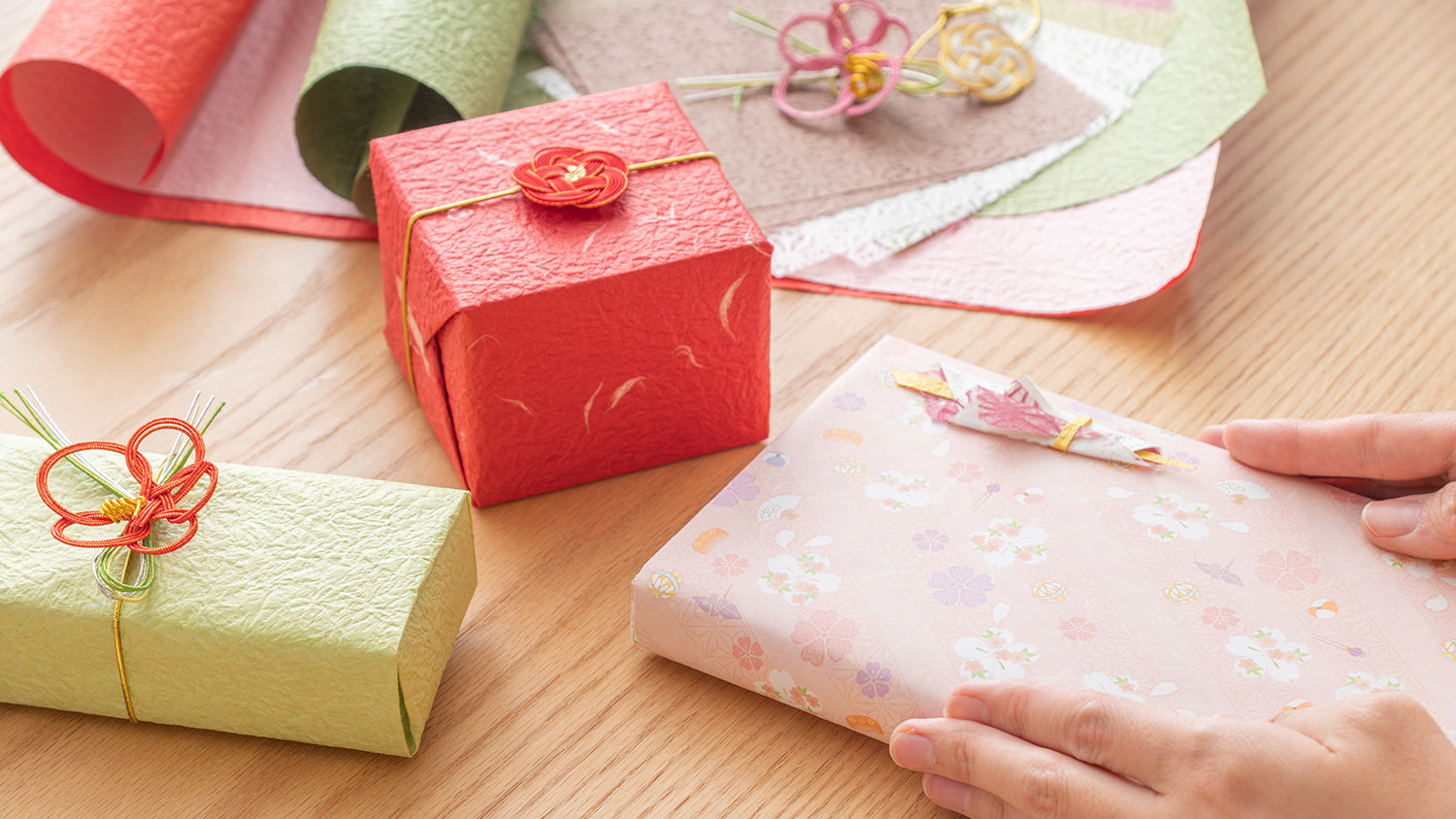

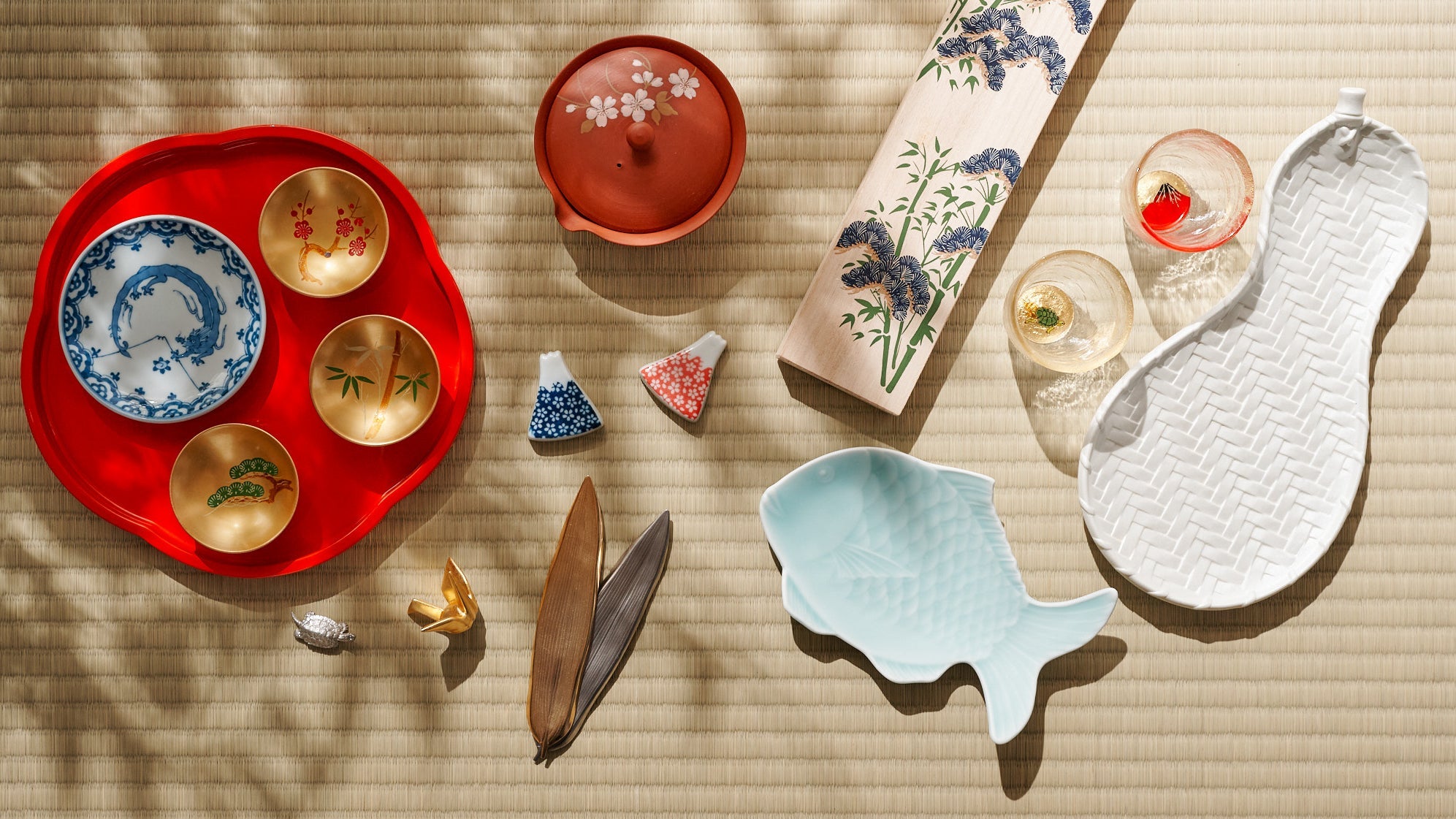
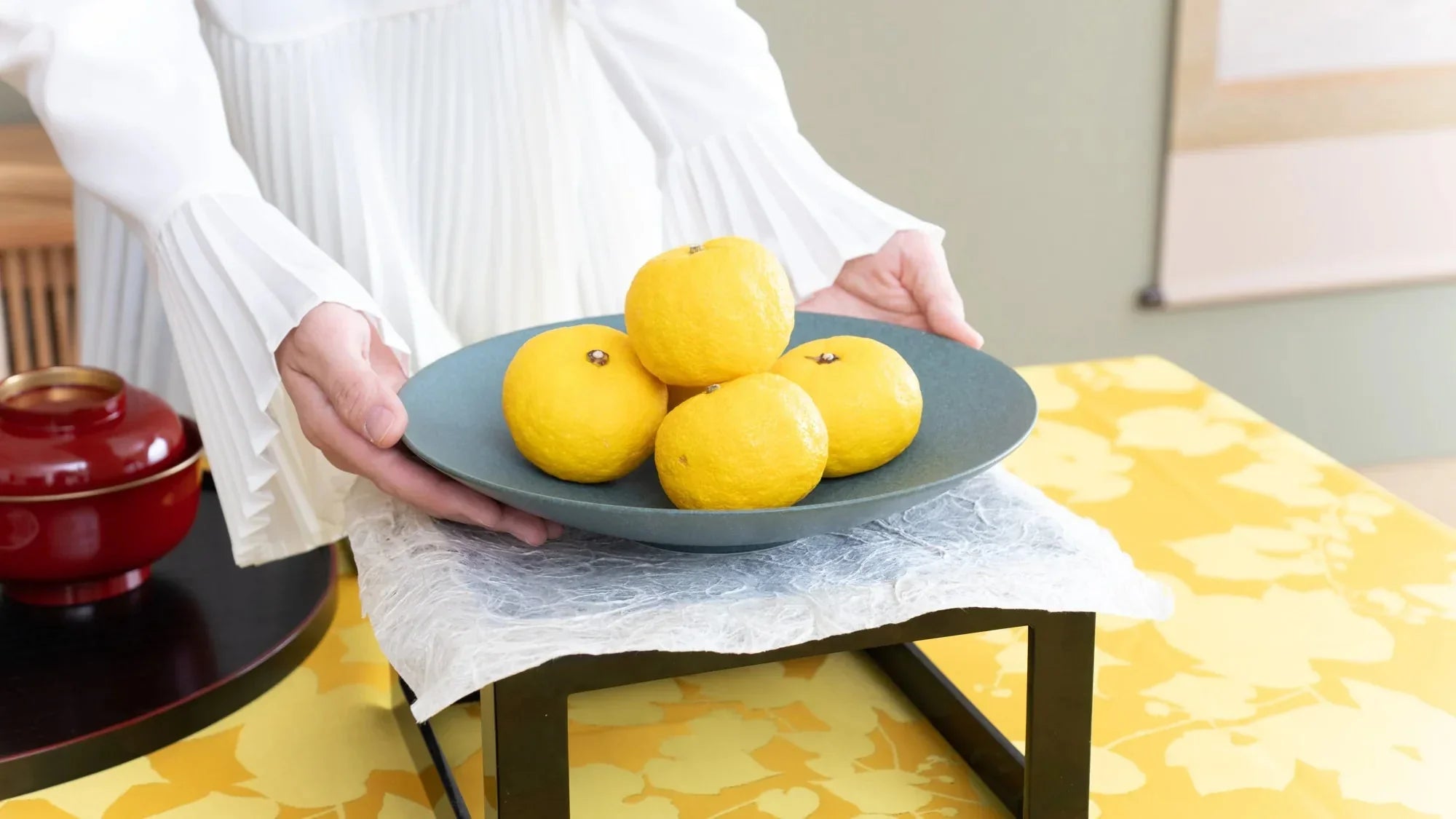
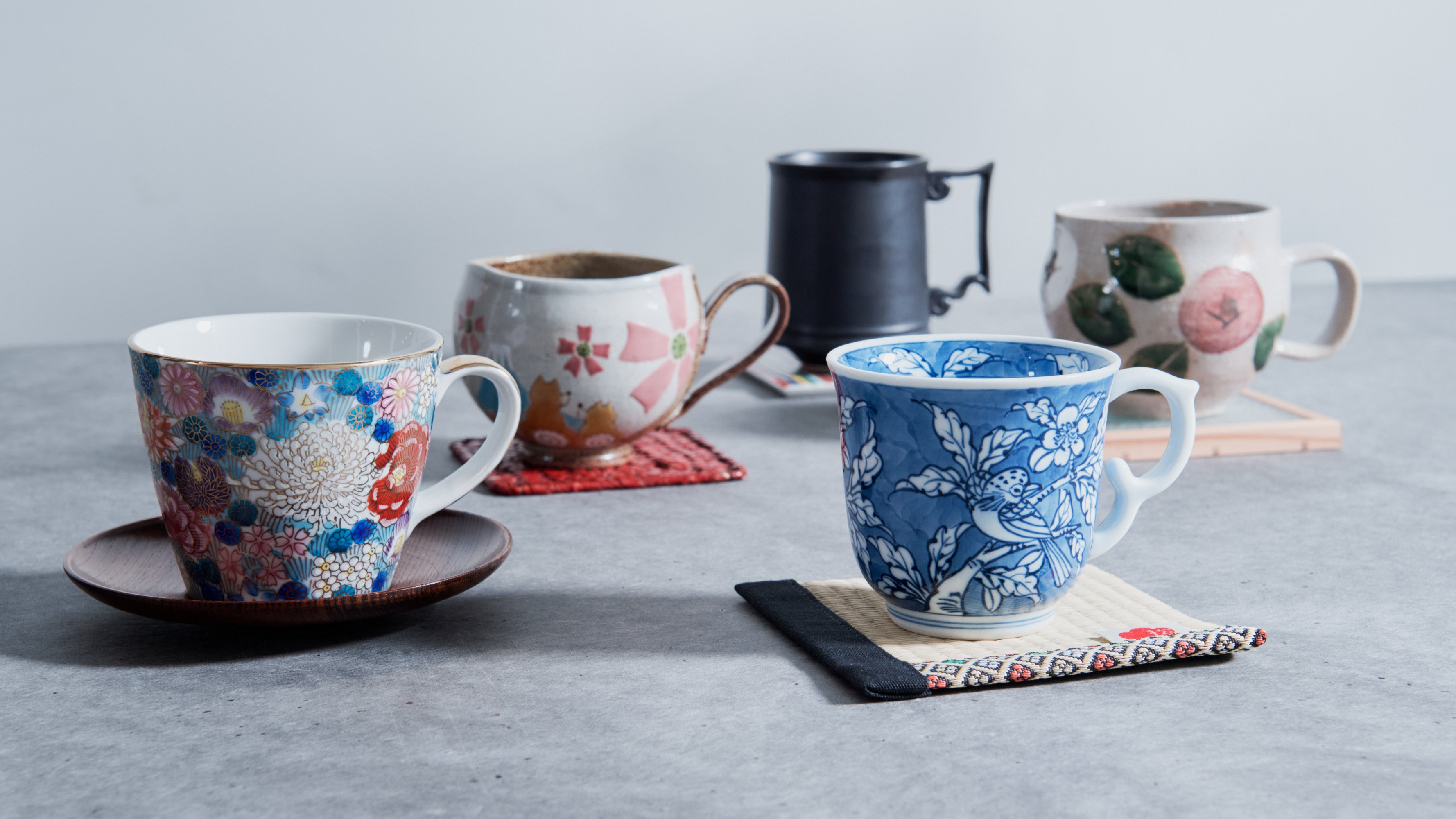
Dejar un comentario
Este sitio está protegido por hCaptcha y se aplican la Política de privacidad de hCaptcha y los Términos del servicio.